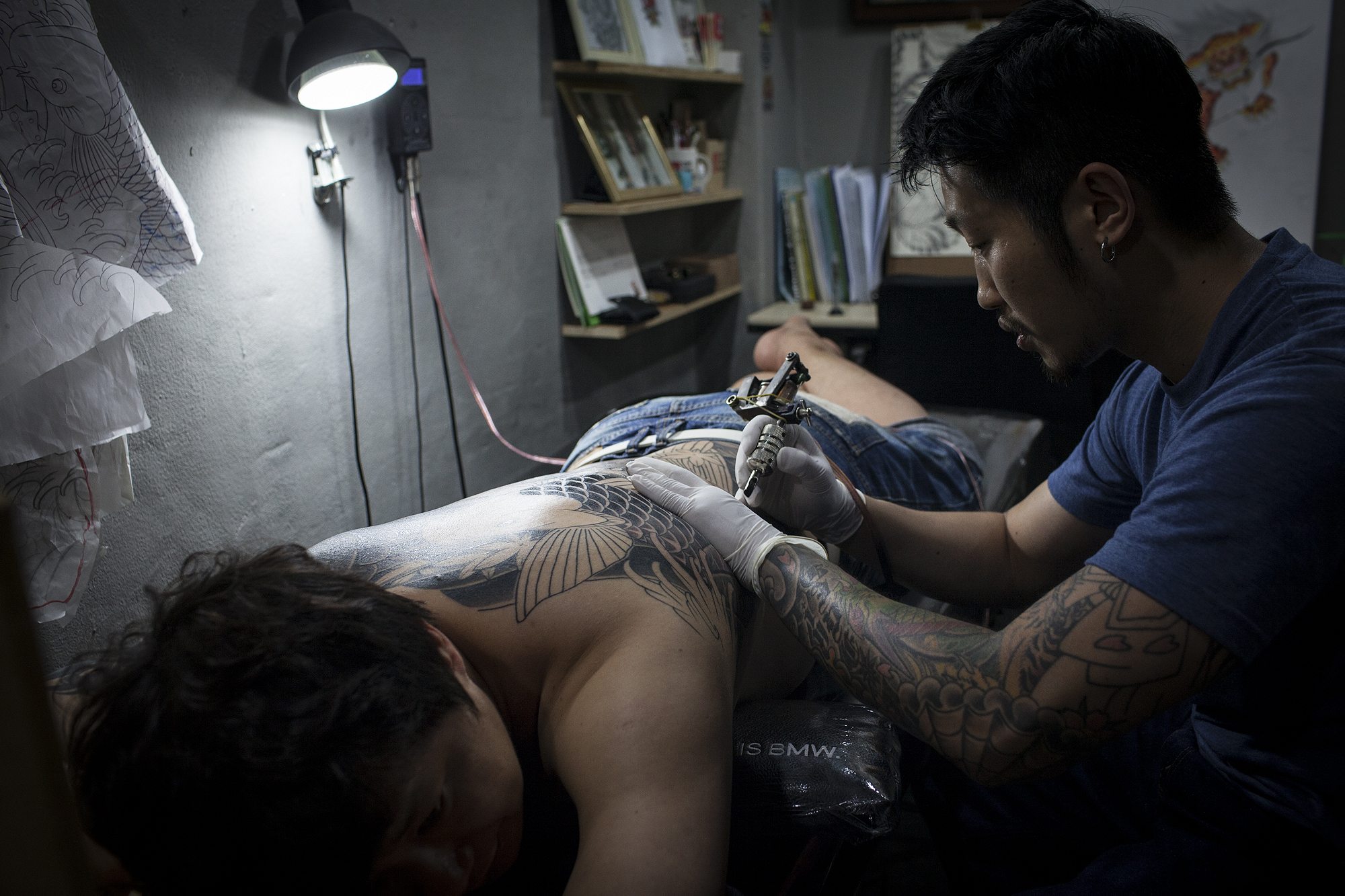Although tattoos are becoming more popular in South Korea, the act of getting one is still against the law.
Knock-Knock. After a tense pause, a heavy door opens. Inside, the walls are decorated with hundreds of drawings of ancient Korean warriors and dragons. There are two tables covered with needles, ink, and various other supplies. A set of portable speakers blares out K-pop. In one corner, Rian, a tattoo artist who preferred not to give his last name, tells a young client what is about to happen. “If you want to have access to a serious job one day, it is better for you to choose an area of your body that you can cover.” What Rian is about to do is illegal.
In South Korea, tattoo artists like Rian must navigate between exposing their art to the world and avoiding being fined or even jailed. In 2001, the South Korean Supreme Court declared that only doctors, a very powerful lobby in the country, were legally allowed to give tattoos. Yet very few doctors will do so, as tattoos are considered immoral by much of South Korean society.
According to government sources, there are around 20,000 clandestine tattoo artists in South Korea. They are forced to work, metaphorically and often literally, underground.
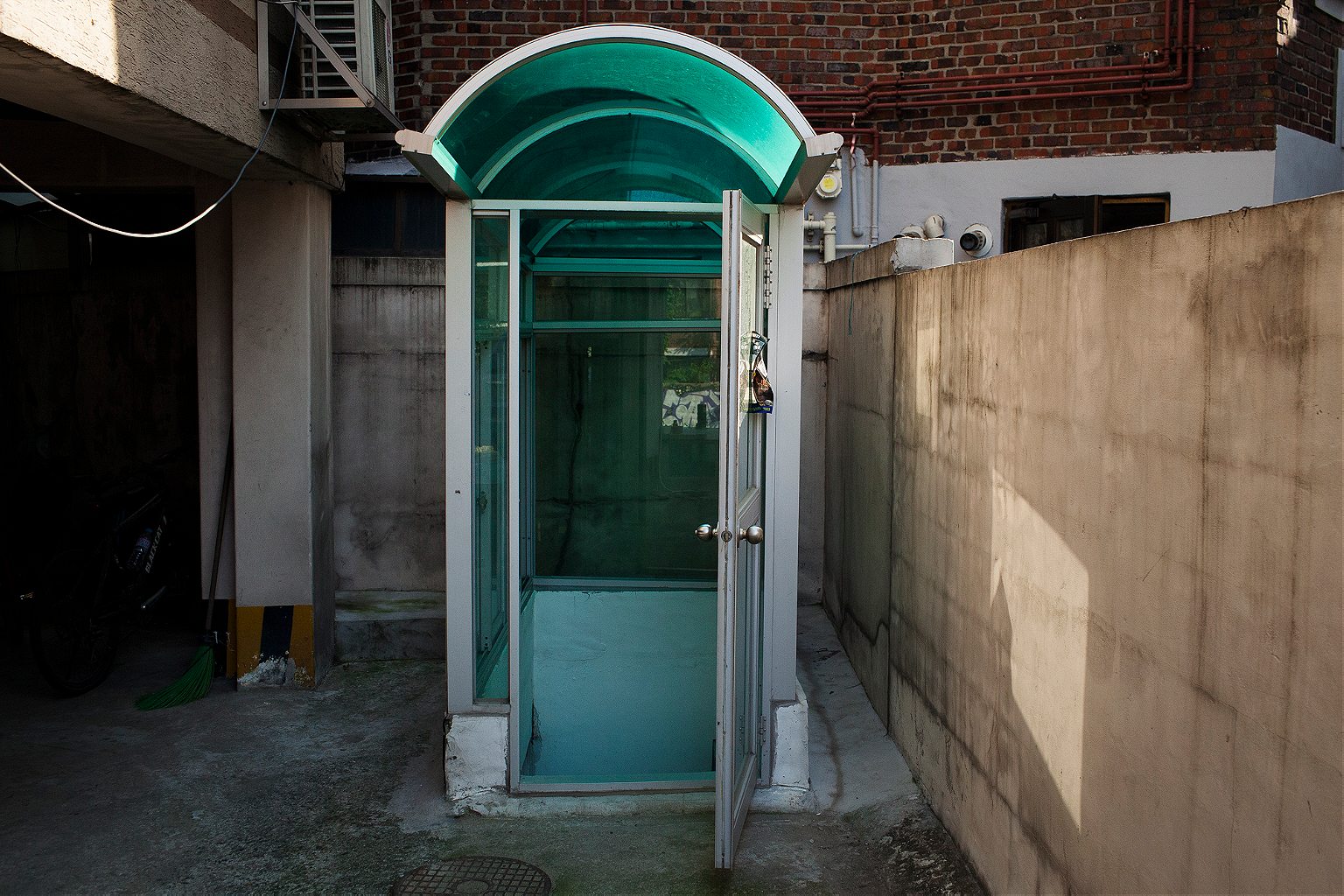
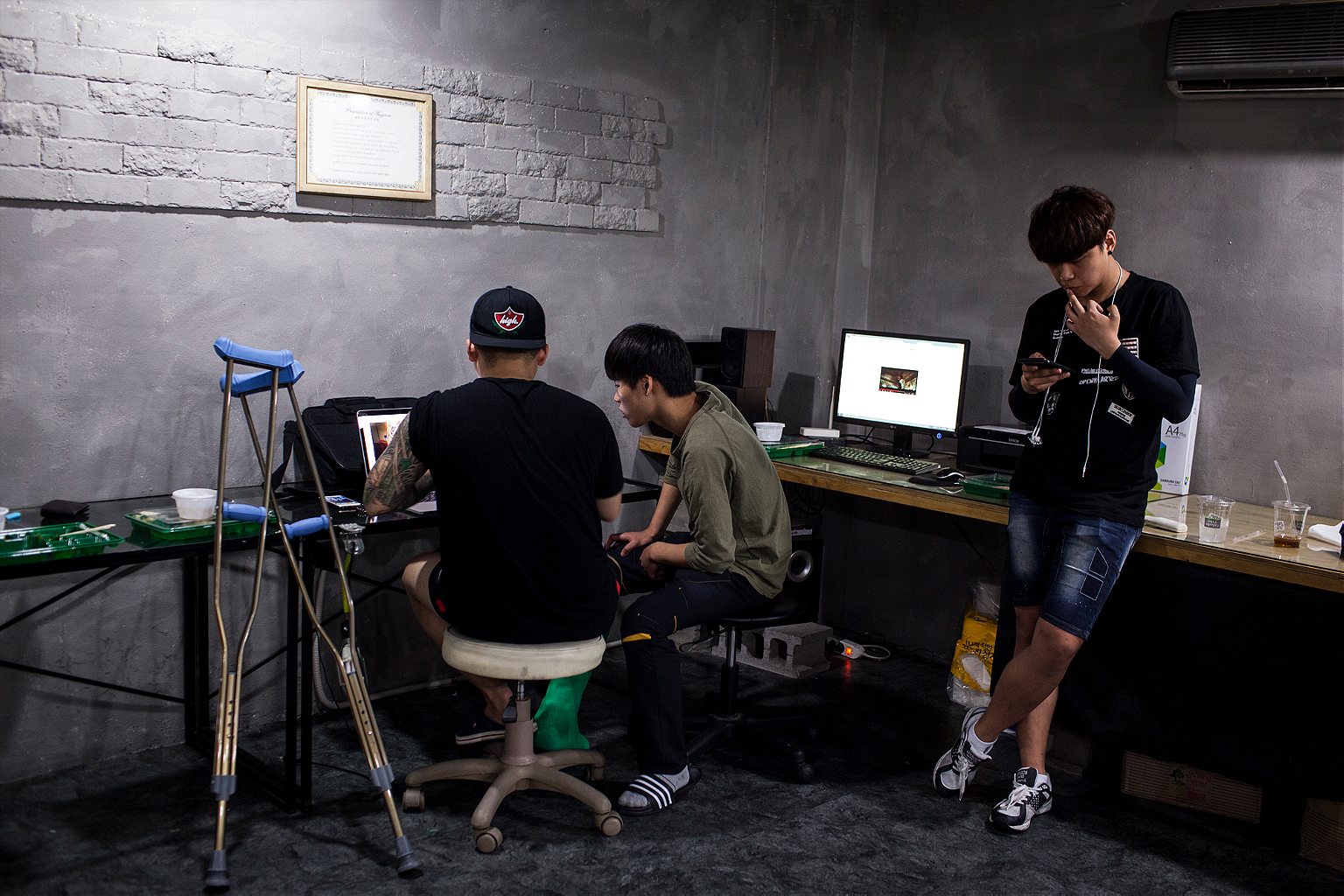
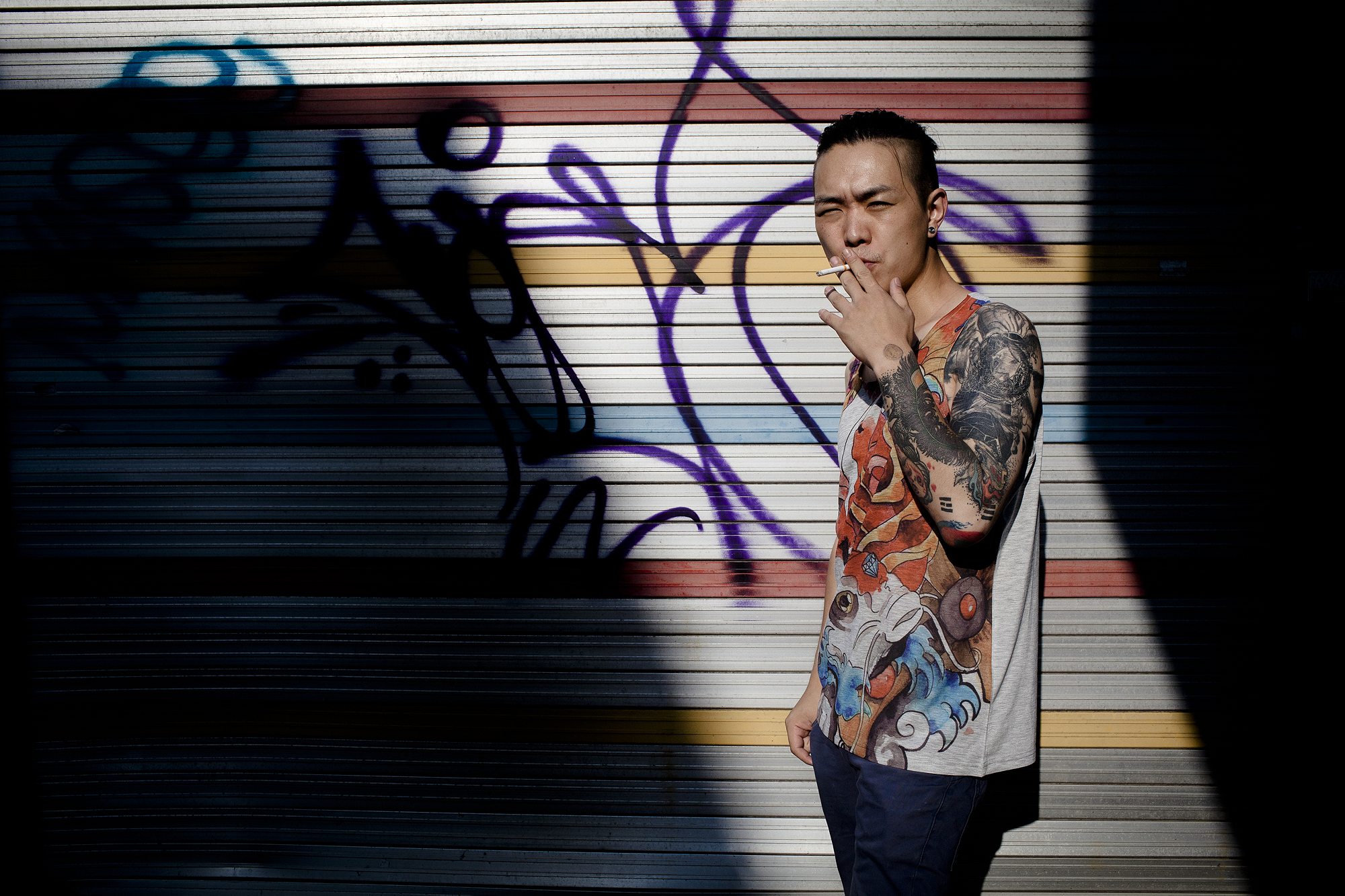
The history of tattoos in South Korea is centuries old. Experts say that in the past, Korean sailors drew frightening shapes on their bodies to scare away the monsters that inhabited the deep seas. The Joseon dynasty, which reigned on the Korean peninsula for more than five centuries, marked the name of the crime committed by robbers and slaves with ink as a form of perpetual punishment.
It was not until the 20th century that criminal gangs re-appropriated that stigma. Inspired by the Japanese Yakuza and traditional Korean art, the Kkangpae gang created their own code and distinctive styles for each clan. The members of the famed gang the Seven Star Mob each have a pattern of seven stars tattooed on their chest, while the members of the Double Dragon Gang are known for having their upper arms covered with two dragons curling over each other. When confronted by other gangs, they show their tattoos to help identify one another. The tattoos can also be used as a warning to the general public.

Nowadays, a new generation of Koreans, influenced by K-pop, Western athletes, and television programs, see tattoos as attractive and fashionable. But the ban remains in force.
“Just in the Hongdae neighborhood, there are about 300 parlors,” says Rian, a 28-year-old artist who shares this small studio with three others. “That is causing trouble with the police.” Though authorities often turn a blind eye, penalties, when they are given, can range from a heavy fine to a prison sentence.
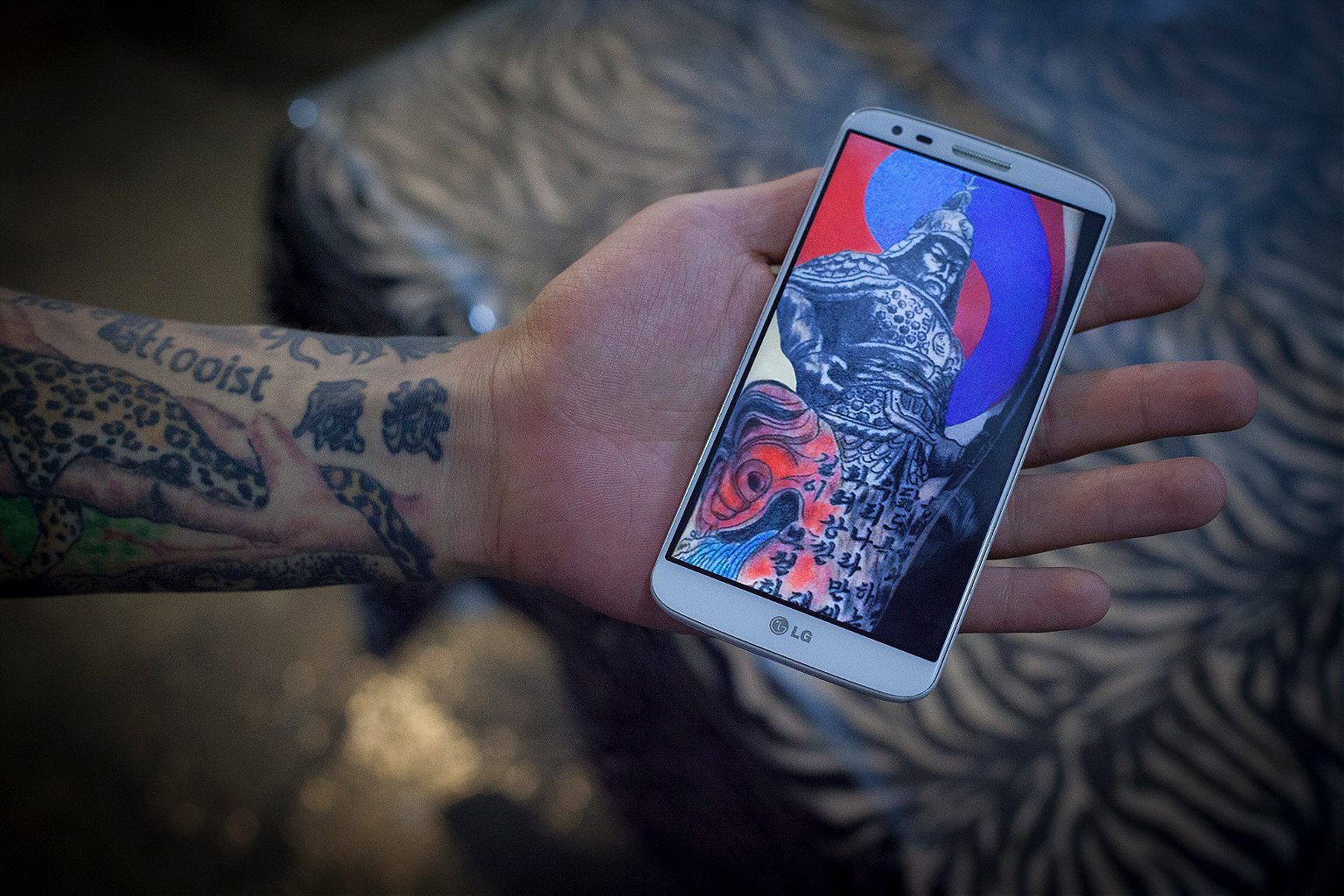
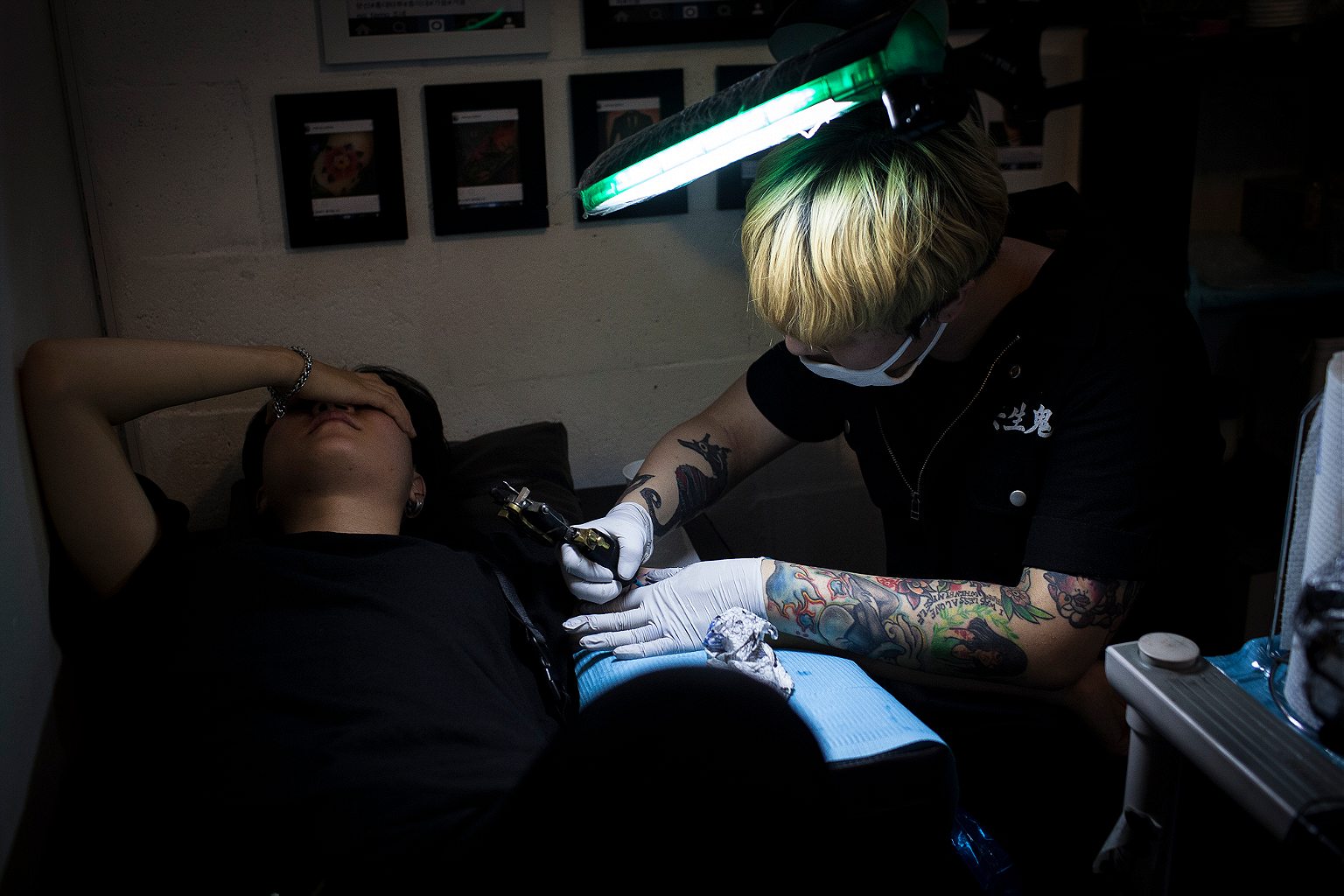
“Many people see us as criminals, but our generation thinks differently,” says Zen, a young tattoo artist in his twenties who also preferred not to give his last name. Though he refuses to discuss his rates, he admits that services are expensive because of the risks involved.
Zen’s studio is located in a dark basement with improvised half-walls made of bricks to provide clients with some privacy. Under a spotlight, a man looks at himself in a mirror. “He’s been here all morning and he will get the tattoo done in one session,” explains Zen. The client examines the large koi fish on his back. After nodding in approval, he heads back to the tattoo table for another round.
